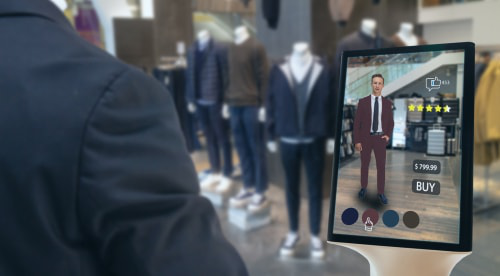Get it right and your agency will deliver first time – no mistakes.
Writing a creative or digital brief in an agency can be particularly hard. So where do you begin? A good brief is one that inspires, is clear, sticks to one goal, has supportive constraints and inspires others to take on the project. Here are our top 5 ‘ignore them at your peril tips that any novice or expert ought never to exclude from a brief.

The Business Case: This part of the brief will encourage you to  precisely outline what the problem is that you are addressing with a new campaign or project. Make sure you have a clear objective, avoiding jargon and any internal lingo. Write with your creative agency in mind; give an obvious and detailed description, so they can fully understand all of the factors they need to consider to achieve your goal.
precisely outline what the problem is that you are addressing with a new campaign or project. Make sure you have a clear objective, avoiding jargon and any internal lingo. Write with your creative agency in mind; give an obvious and detailed description, so they can fully understand all of the factors they need to consider to achieve your goal.
 Measurement: What impact do you want to make with the project? Include facts, figures and success indicators.
Measurement: What impact do you want to make with the project? Include facts, figures and success indicators.
Competition: Investigate what your competition are doing and describe how they are achieving results.

Target Audience: Take your audience into consideration – is the project you’re commissioning targeted and tailored towards your target market? This is particularly important when making big decisions like whether building your website to work on mobiles/tablets is just the latest fad, or something you really need to consider.
 Budget: Supplying a budget guide is always tricky, especially if you’re not sure how much it is likely to cost. With that being said, giving your design agency an idea of a budget will mean they can better tailor their recommendations to your expectations. If you don’t have a fixed budget, then a price bracket such as ‘between £2,000 to £4,000’ will be the best solution.
Budget: Supplying a budget guide is always tricky, especially if you’re not sure how much it is likely to cost. With that being said, giving your design agency an idea of a budget will mean they can better tailor their recommendations to your expectations. If you don’t have a fixed budget, then a price bracket such as ‘between £2,000 to £4,000’ will be the best solution.
Ultimately, a creative brief should inform your agency as best as you can, so you can work together towards a shared goal: growing your brand and business.






 British luxury brand Burberry have reinvented their Regent Street store in London to act as an extension of their website. The flagship store utilises digital technology such as large-scale interactive mirrors, hidden speakers and a hydraulic stage. Above all, the most innovative technology is the chip-technology developed by Burberry, which enables customers to pick up any garment and trigger an interactive video on one of the mirrors which shows how the product was made and what other items compliment it. This gives in-store customers access to the rich levels of immediate information they have grown to expect online. This kind of personalisation has allowed the luxury brand to create a deeper engagement with a customer seeking that very kind of service. Burberry have utilised all of their channels to tie everything together, ultimately making the shopping experience seamless.
British luxury brand Burberry have reinvented their Regent Street store in London to act as an extension of their website. The flagship store utilises digital technology such as large-scale interactive mirrors, hidden speakers and a hydraulic stage. Above all, the most innovative technology is the chip-technology developed by Burberry, which enables customers to pick up any garment and trigger an interactive video on one of the mirrors which shows how the product was made and what other items compliment it. This gives in-store customers access to the rich levels of immediate information they have grown to expect online. This kind of personalisation has allowed the luxury brand to create a deeper engagement with a customer seeking that very kind of service. Burberry have utilised all of their channels to tie everything together, ultimately making the shopping experience seamless.

